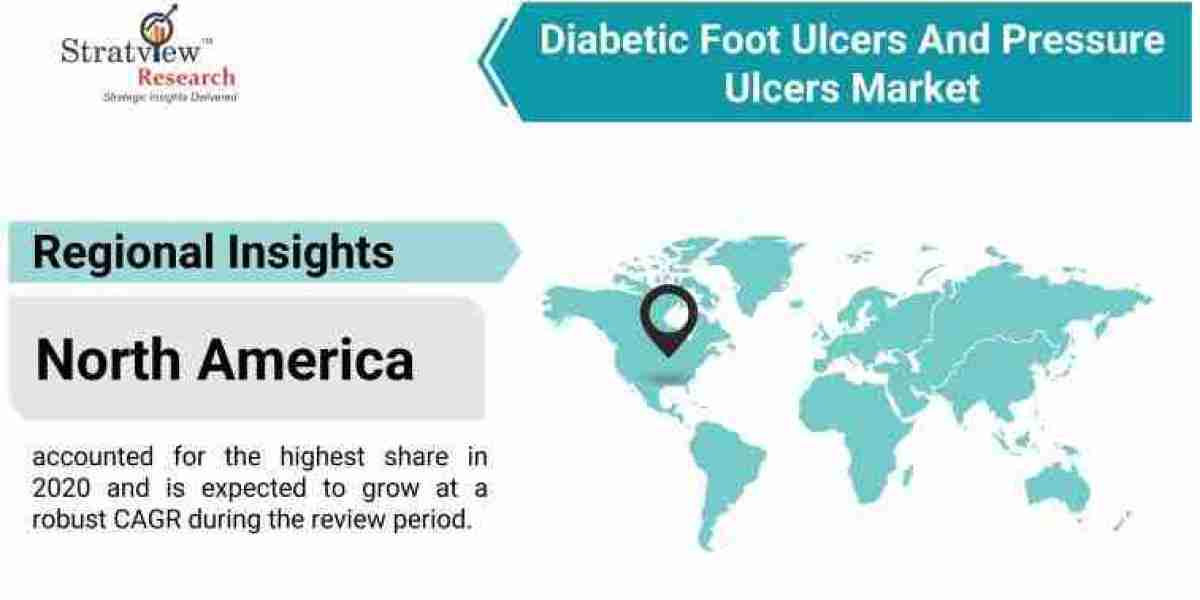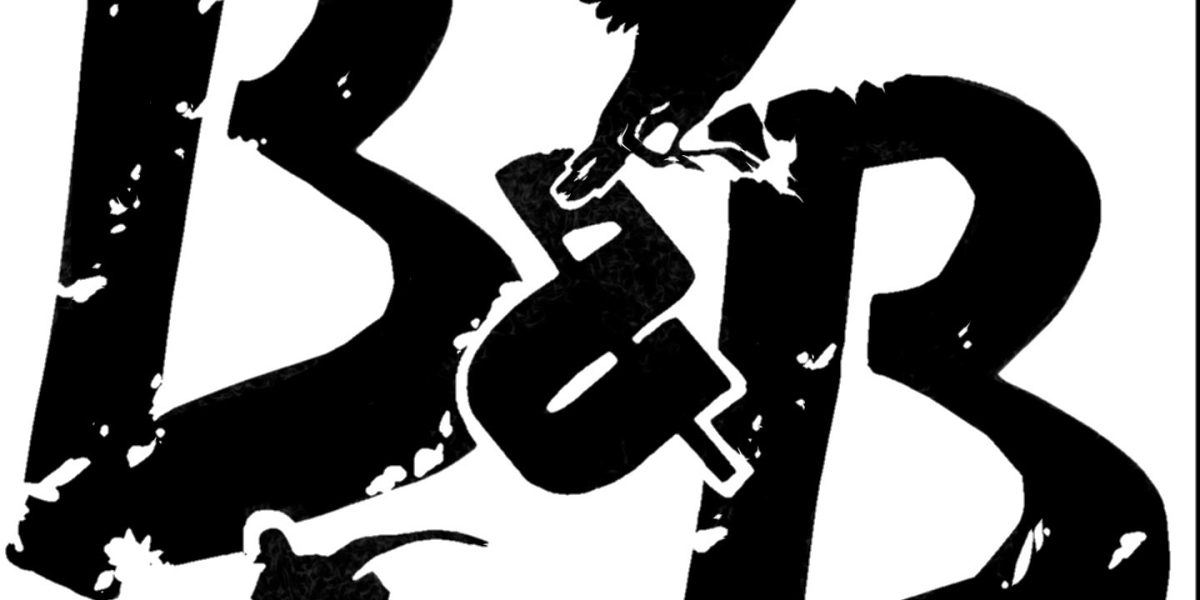Wound care management for diabetic foot ulcers and pressure ulcers has undergone significant advancements in recent years. These chronic wounds require specialized care to promote healing, prevent complications, and improve patient outcomes. Thanks to ongoing research and technological innovations, healthcare professionals now have access to a wide range of treatment options that are revolutionizing wound care management for these conditions. The diabetic foot ulcers and pressure ulcers market is estimated to grow from USD 3.6 billion in 2020 to USD 5.0 billion by 2026 at a healthy CAGR of 5.7% during the forecast period.
One of the key advancements in wound care management is the development of advanced dressings specifically designed for diabetic foot ulcers and pressure ulcers. Traditional wound dressings have been replaced by sophisticated products that provide an optimal wound-healing environment. Hydrogels, for example, are highly absorbent dressings that maintain moisture balance and promote granulation tissue formation. They facilitate autolytic debridement and promote a moist environment for wound healing. Foam dressings are another popular choice, offering superior absorption and exudate management. These dressings promote an ideal healing environment while providing cushioning and protection against mechanical forces.
The use of bioactive dressings has also gained momentum in wound care management. These dressings are enriched with growth factors, antimicrobial agents, and other bioactive components that stimulate wound healing. Growth factors, such as platelet-derived growth factor (PDGF) and epidermal growth factor (EGF), promote cell proliferation and tissue regeneration. These dressings are particularly effective in managing chronic wounds that are slow to heal. Antimicrobial dressings, on the other hand, help to prevent and treat wound infections, which are a common complication in diabetic foot ulcers and pressure ulcers.
Advanced wound healing technologies have also revolutionized the management of these chronic wounds. Negative pressure wound therapy (NPWT) is a widely used technique that involves the application of controlled suction to the wound bed. NPWT promotes wound healing by reducing edema, increasing blood flow, and promoting the formation of granulation tissue. It also helps in the removal of excess exudate and infectious material from the wound. NPWT has shown promising results in the management of both diabetic foot ulcers and pressure ulcers, leading to faster healing and improved outcomes.
In recent years, regenerative medicine has emerged as a promising approach in wound care management. Stem cell therapy, in particular, has shown great potential in promoting wound healing. Stem cells can be derived from various sources, such as adipose tissue or bone marrow, and applied directly to the wound site. These cells promote tissue regeneration, angiogenesis, and immunomodulation, leading to faster wound closure and reduced risk of infection. The use of tissue-engineered skin substitutes, such as bioengineered grafts, is also gaining traction in the management of large and complex wounds. These substitutes provide a scaffold for tissue growth and facilitate wound closure.
In addition to these advancements, the integration of digital health technologies has significantly improved wound care management for diabetic foot ulcers and pressure ulcers. Mobile applications and wearable devices allow patients to monitor and document their wounds, providing healthcare professionals with real-time data on wound progress. Telemedicine and remote patient monitoring enable healthcare providers to assess wounds, provide guidance, and make timely interventions without the need for in-person visits. Artificial intelligence and machine learning algorithms are being used to analyze large datasets and provide personalized treatment recommendations based on patient characteristics and wound characteristics.
In conclusion, advancements in wound care management have revolutionized the treatment of diabetic foot ulcers and pressure ulcers. The development of advanced dressings, the use of bioactive components, and the adoption of innovative technologies have greatly improved healing outcomes and patient well-being. The integration of regenerative medicine, negative pressure wound therapy, and digital health solutions has paved the way for more effective and personalized care. These advancements in wound care management bring hope to individuals suffering from chronic wounds, offering them improved quality of life and better chances of recovery.








